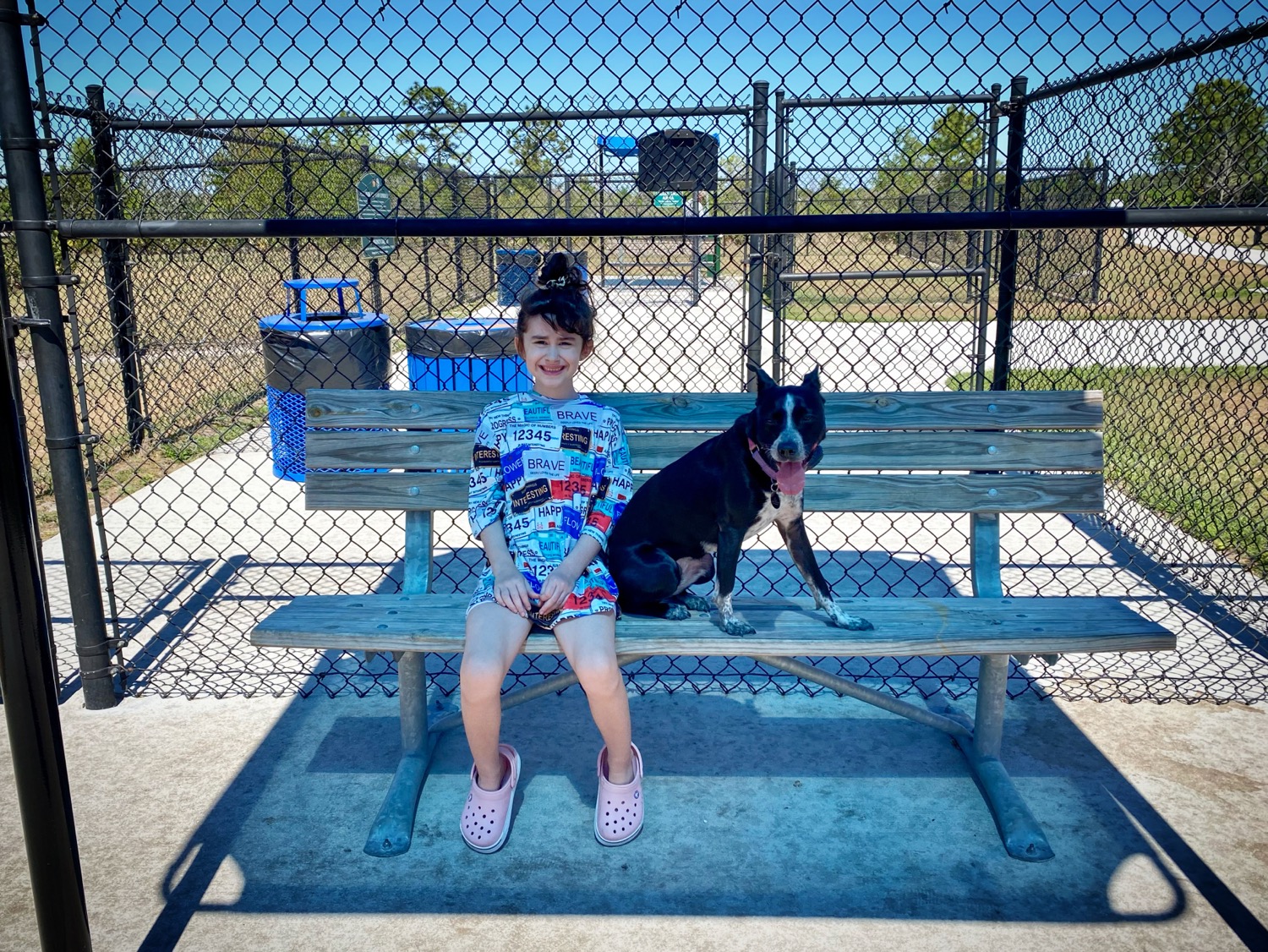Mastering the Art of Clarity: Why Simple Commands are Essential in Dog Training
- Jason Parks
- Oct 16, 2023
- 3 min read
Introduction
The realm of dog training is vast and varied, but amidst the multitude of techniques and philosophies, one principle remains consistent: the power of simplicity. Short, clear directives are the bedrock of effective communication between humans and their canine companions. Here's a deep dive into why simple commands reign supreme and how dog owners can leverage them for successful training outcomes.
The Canine Cognitive Landscape: Why Simplicity Matters
Limited Vocabulary Understanding: While dogs can recognize a surprising number of words, their primary mode of comprehension revolves around tone, repetition, and context. Simple commands cater to this cognitive structure.
Rapid Response Mechanisms: Dogs react quickly to stimuli. Short commands, being easy to comprehend, align with this rapid response mechanism, ensuring quicker obedience.
Avoiding Overwhelm: Lengthy directives or complex phrases can lead to confusion or inattention in dogs. Simple commands reduce the cognitive load, enabling clearer understanding.
Designing Optimal Commands: Characteristics of Effective Directives
Brevity: Ideally, commands should be one to two syllables. Examples include "sit," "stay," and "come."
Distinctiveness: Commands should be easily distinguishable from everyday conversation to prevent accidental cues.
Consistency: Regardless of who in the household is issuing the command, the word and tone should remain consistent.
Positive Tone: Even while being firm, the tone should remain positive. Dogs respond better to encouragement than intimidation.
Implementing Simple Commands: Practical Steps for Dog Owners Start Early: Introduce commands as soon as a dog is brought home. Puppies, with their malleable neural structures, are especially receptive. One Command at a Time: Avoid overwhelming the dog. Focus on one command, ensure mastery, and then proceed to the next.
Reinforce with Rewards: Positive reinforcement strengthens command adherence. Pairing a simple command with a treat or praise can cement the directive in the dog's memory.
Practice in Varied Environments: While starting in a distraction-free zone is optimal, gradually introducing varied environments ensures the dog responds to commands universally.
Common Pitfalls and Their Remedies
Inconsistency: Using varied phrases for a single action ("come here" vs. "come") can confuse dogs. Ensure uniformity in command usage.
Impatience: Expecting instant mastery is unrealistic. Consistent practice is key.
Muddled Commands: Avoid giving multiple commands in quick succession without allowing the dog to respond. This can cause confusion.
Negative Associations: If a command is consistently paired with a negative outcome (e.g., "come" always leading to the end of playtime), dogs may become resistant. Ensure positive associations are maintained.
Advanced Training and Simple Commands
Chain Commands: As a dog becomes proficient, commands can be chained for more complex actions. For instance, "sit-stay" can evolve into a two-part directive.
Introduce New Words Sparingly: While dogs can learn an impressive vocabulary, it's crucial to introduce new commands gradually to ensure retention and understanding.
Leverage Non-Verbal Cues: As training progresses, integrating hand signals with verbal commands can enhance communication. However, these signals should also adhere to the simplicity principle. The Broader Impact of Simple Commands on Canine Well-being
Strengthened Human-Canine Bond: Clear communication fosters trust, strengthening the bond between dog and owner.
Reduced Anxiety: Predictability in commands reduces uncertainty and anxiety in dogs.
Enhanced Safety: In situations where immediate obedience is crucial, such as roadside walks, simple commands can be life-saving.
A Holistic Approach: Beyond Commands
While simple commands are foundational, a holistic approach to dog training encompasses more:
Understanding Canine Behavior: Recognizing the motivations behind a dog's actions can guide training strategies.
Consistent Routines: Dogs thrive on routine. Consistent feeding, walking, and playtimes can complement training efforts.
Regular Health Checks: Underlying health issues can impact a dog's responsiveness. Regular vet visits ensure any such issues are promptly addressed.
Conclusion In the intricate dance of dog training, simplicity emerges as a guiding principle. By harnessing the power of short, clear directives, dog owners can enhance communication, ensure safety, and foster a deep, trusting bond with their canine companions. In a world rife with complexities, it's heartening to note that, at least in the realm of dog training, simplicity truly is the ultimate sophistication.




Comentarios